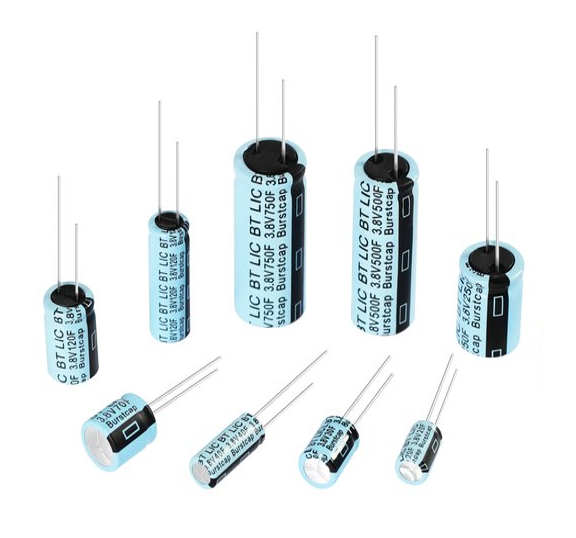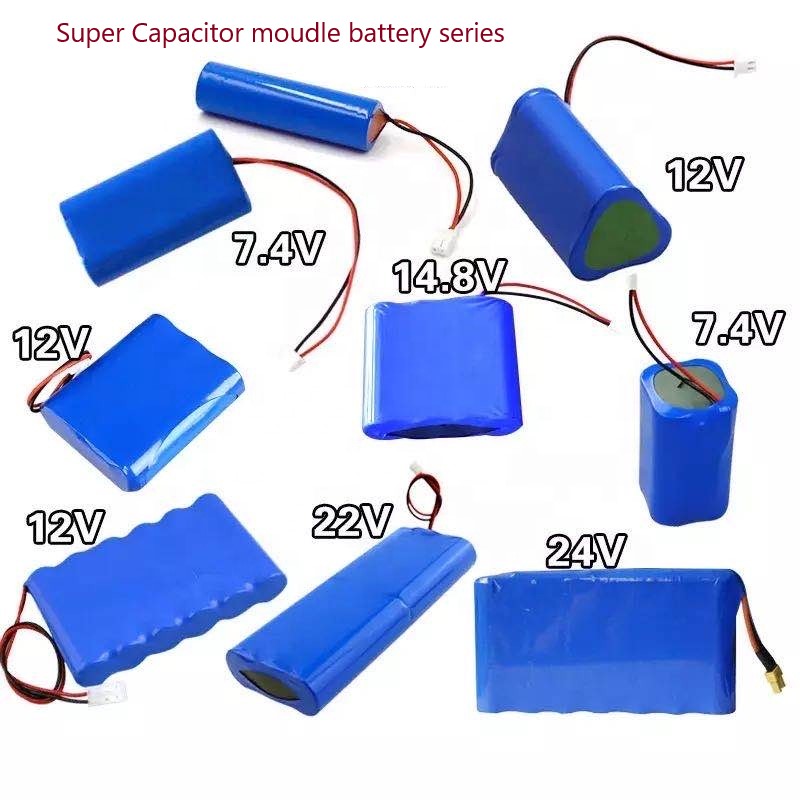Consulting phone:
135-3037-2041
(Mr.Wang)
What materials are better for making supercapacitors
The electrode materials used in the production of supercapacitors can generally be divided into three categories: carbon materials, conductive polymers, and metal oxides. Because the quality of electrodes directly affects the performance of capacitors, they are an important support for supercapacitors. So, high-quality and affordable electrode materials have always been highly sought after by people. Next, I will discuss the impact of different electrode materials on the performance of supercapacitors from the perspective of electrode material selection.

Carbon materials
In terms of the material selection time for the electrodes of supercapacitors, carbon materials can be said to be the earliest applied. Due to its low price and excellent performance, it is highly valued. From the application of carbon materials to the present, it has taken about sixty years. The development process during this period can be described as arduous. Carbon materials have a huge specific surface area, which means they have a larger capacitance. In addition, the functional groups and surface density on the surface of carbon materials also have a significant impact on capacitance. The different functional groups they carry mean that their ability to store charges also varies. And we know that it can carry thousands of different types of functional groups. So far, scientists have confirmed that the following types of carbon materials can be used as electrode materials for supercapacitors.
activated carbon
The reason for choosing activated carbon material as the electrode material for supercapacitors is because activated carbon has a high conductivity. We know that as an activated carbon material, the conductivity decreases with the increase of the material's surface area. Although activated carbon materials have a high specific surface area, their surface area is very low, so they will have a high conductivity.
Carbon nanotubes
Due to its excellent conductivity, high crystallinity, and large specific surface area, carbon nanotubes are an excellent choice as electrode materials for supercapacitors. Due to the large specific surface area and abundant functional groups on the surface of carbon nanotubes, their ability to adsorb charges is very strong, and they can also form a double layer, which not only has the special effect of a double layer capacitor, but also has the ability to oxidize and reduce. So, the ability to absorb charges also increases accordingly. According to statistics, carbon nanotubes with increased specific surface area absorb a large number of functional groups, resulting in a charge increase of about 30% compared to activated carbon adsorption. And the number of repeated cycles will also significantly increase
Metal oxides
In the 1990s, scientists demonstrated through numerous experimental phenomena that some metal oxides also have strong oxidizing properties and can be used as electrode materials for supercapacitors. For example, the MnO2 electrode material prepared by electrochemical deposition method has a capacitance reserve of more than 40% higher than that of using conductive polymers as electrode materials. Moreover, after 2500 cycles of charging and discharging, the attenuation of capacitance is less than 7%. This is a major advantage of metal oxides as electrodes, with minimal wear and tear. Just like the working principle of double-layer capacitors, their conductivity principle is to store energy through the oxidation-reduction of conductive polymers on the electrodes.
